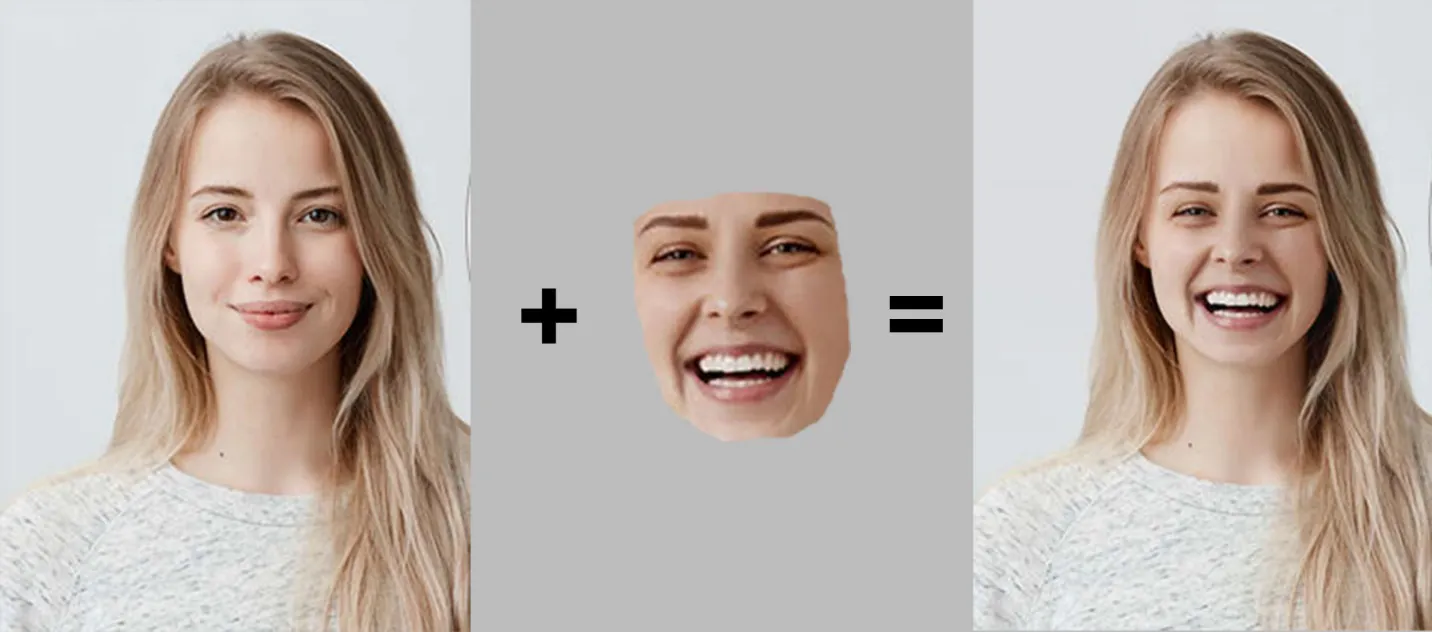
In recent years, the popularity of face swapping technology has surged, offering both fun and creative ways to manipulate images and videos. At the heart of this phenomenon is the face swapper, a tool powered by artificial intelligence (AI) that enables users to seamlessly exchange faces between different individuals in photos and videos. Whether for entertainment, social media posts, or even professional content creation, face swapper tools have transformed the way we interact with digital media, making face swapping more accessible and realistic than ever before.
What is a Face Swapper?
A face swapper is a tool or application that allows users to swap faces in images or videos. This technology uses AI algorithms, specifically deep learning models, to detect facial features such as eyes, nose, mouth, and overall facial structure. Once detected, the software then overlays the face of one individual onto another, ensuring that the new face fits naturally into the existing image or video frame. Modern face-swapping tools have become remarkably sophisticated, with advanced tracking capabilities that maintain the correct positioning and expressions, making the swap appear highly realistic.
Face swapping can be done with a single image, where two faces are exchanged in a static photo, or in videos, where faces are swapped dynamically to maintain realistic movement and expression. The AI algorithms behind these tools have progressed to the point where the swapped face reacts naturally to the emotions, lighting, and angles of the original footage.
Applications of Face Swappers
1. Entertainment and Social Media: Face swapping has become a viral trend on social media, with users sharing fun and often humorous content. People use face swappers to place their faces on celebrities, movie characters, or even their pets, creating quirky images and videos that entertain friends and followers. In addition, influencers and content creators have embraced face swapping as a creative tool to generate engaging material.
2. Marketing and Advertising: For businesses, face swapping has opened up new possibilities for creating personalized and interactive advertising campaigns. Companies can use face-swapping tools to create ads where viewers see themselves in the video or experience a fun twist with celebrity endorsements. It’s a way to capture attention and drive engagement, particularly when integrated with social media challenges or user-generated content.
3. Film and Animation: In the entertainment industry, face-swapping technology is increasingly used in filmmaking, especially for special effects, CGI characters, or stunt doubles. By digitally replacing actors’ faces, filmmakers can achieve scenes that would be difficult or expensive to create with traditional methods. Face swapping can also be used to de-age actors or resurrect historical figures, providing new creative possibilities in visual storytelling.
4. Personal Use and Fun: Many people use face-swapping apps for simple enjoyment. Creating funny or bizarre photos with friends and family has become a popular pastime. It’s an easy way to enhance personal images or share hilarious moments with others, without requiring advanced technical skills.
Ethical Considerations
While face-swapping technology offers many creative and entertainment benefits, it also raises important ethical concerns. One of the primary issues is the potential for misuse, such as creating misleading or deceptive content. The ability to manipulate a person’s likeness and create videos or images that make them appear to say or do things they never actually did can have serious consequences, particularly in the realm of politics and public figures.
Additionally, the use of face-swapping tools for non-consensual purposes, such as generating explicit content or harassment, poses significant privacy and legal challenges. As such, developers, platforms, and users must consider the potential impacts of face-swapping technology and use it responsibly to ensure it does not cause harm or violate personal rights.
Conclusion
Face swapping tools have become an exciting and accessible way to create and share digital content. Powered by advanced AI, these tools have transformed image and video editing, providing users with the ability to swap faces quickly and with high precision. While face swapping is a fun and creative medium for personal entertainment, marketing, and filmmaking, it also brings to the forefront ethical concerns about privacy, consent, and the potential for misuse. As the technology continues to advance, it’s essential for users to remain mindful of these implications and use face-swapping tools in a responsible and respectful manner.